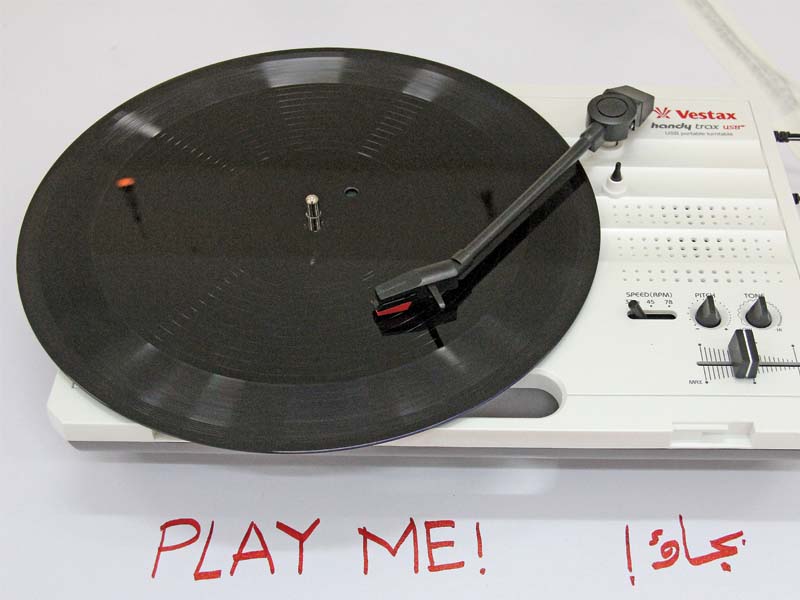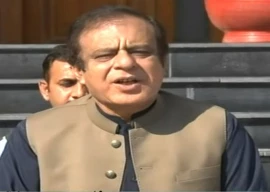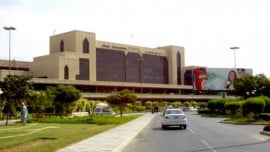
KARACHI: How did World War I translate itself in the Indian Subcontinent? How were the troops recruited to be sent all the way to Europe and fight someone else's war? A hundred years on, what are the lessons that have we learnt so far?
While not answers may be sought but a certain level of curiosity can be put to rest at the exhibition, titled 'Digging Deep, Crossing Far Second Encounter: Karachi', which opened at Arts Council of Pakistan, Karachi, on Sunday. Goethe Institut, along with German curators, is showcasing the works of eight artists from Pakistan, India and Switzerland, who have dug in different perspectives of selected aspects of the war.

The exhibition deals with almost all forms of narratives, including print, canvas, audio and video. For example, artist Ayisha Abraham from Bangalore has showcased the role of her grandfather in the British Army in Mesopotamia. By sharing her group photos, Abraham has brought into light a very personal and first-person account of those times. Similarly, the installation of another artist from Bangalore, Surekha, has been extracted from an official military archive and depicts the interaction between 'red and black pepper', a code used for British and Indian soldiers.

On the Pakistani side, artist Ayaz Jokhio is showcasing 'The Moral Equivalent of War, 2016'. It shows war in its existential form. A cyclist imprinted on the cut-out of a sepoy on a horse and a footballer who is actually a running sepoy - these intermixed of sports and war were interesting. "My comparison of war and sports imagery is the result of this thought that the only obvious moral equivalent of war is sports that can provide the same psychological effect as warfare, and also a result of the fact that many of us hate sports as much as [we] hate war," says the artist in his statement.
Lahore-based artist Jamil Baloch catches one's eye in a short video, titled 'Hope', in which the artist is sitting, sporting a black turban while he takes a flower out of his mouth one after the other and keeps it on what appears to be a world map.
Addressing the curatorial talk, curator Julia Tieke said that it was the first time in World War I that mass migration to Europe took place from outside the continent. She especially talked about the first German mosque in the Halfmoon camp - a camp for prisoners of war - as part of the 'Jihad programme'. She said that their research was all about how Germans in World War I made use of Jihad to make them (Muslims) change sides, ally with Germany and fight. "[The] Germans tried to present themselves as friends of Islam and Sikhs," she said.

The exhibition was part of a programme that began in Bangalore in December last year. Starting with this exhibition, there will be more listening sessions, workshops and artist sessions in the coming week in Karachi.
The show will continue till June 4.
Published in The Express Tribune, May 31st, 2016.



































1713509570-0/Taylor-Swift-Album-Release-(1)1713509570-0-270x192.webp)
















COMMENTS
Comments are moderated and generally will be posted if they are on-topic and not abusive.
For more information, please see our Comments FAQ